Commonly known as sharks or selachians, the cartilaginous fish that belong to the superorder Selachimorpha are among the most fascinating and extensively studied aquarium/52-marine-animals.html">marine animals. Their advanced predatory abilities and remarkable cognitive capabilities have made them a subject of deep interest to scientists. Today’s sharks are classified into 8 existing orders, although an additional 7 have gone extinct due to natural and human-induced causes over millions of years of evolution.
In this comprehensive guide, we’ll explore the classification of sharks, how many species exist, and the defining characteristics of each group — from deep-sea bioluminescent sharks to giants like the whale shark.
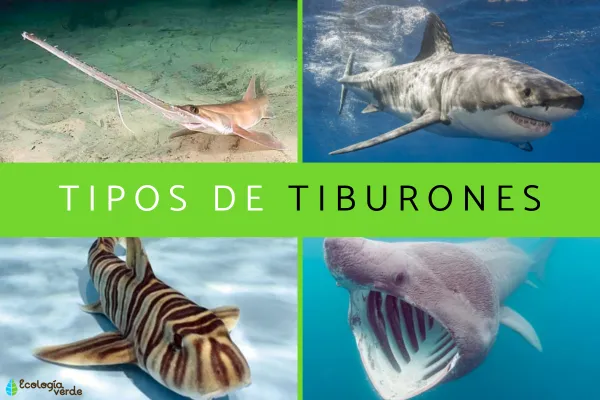
To understand how sharks are classified, we need to examine their full biological taxonomy and evolutionary background:
Kingdom: Animalia
Phylum: Chordata
Class: Chondrichthyes (cartilaginous fish)
Subclass: Elasmobranchii
Superorder: Selachimorpha
Orders: Squaliformes, Squatiniformes, Carcharhiniformes, Heterodontiformes, Orectolobiformes, Pristiophoriformes, Lamniformes, and Hexanchiformes
Determining the exact number of shark species in the world remains challenging. The discovery and classification of sharks require extensive exploration and analysis of physical and genetic characteristics. While approximately 400 species have been officially documented, estimates suggest there could be between 450 and 500 species inhabiting our oceans and seas.
Squaliform sharks are known for their ability to produce bioluminescence and often inhabit the deep waters of tropical and temperate oceans. They typically lack an anal fin and have two dorsal fins, five gill slits, and spiracles.
Notable Species: Pacific Sleeper Shark (Somniosus pacificus)
Other Examples: Spiny Dogfish (Squalus acanthias), Lantern Sharks (Etmopteridae), Cigar Sharks (Isistius), Roughskin Dogfish (Etmopterus princeps)
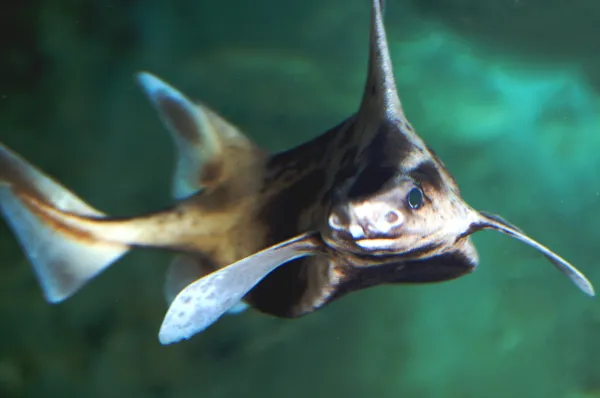
These sharks have flattened, ray-like bodies with broad pectoral fins. Their resemblance to rays is due to their dorsoventral body compression.
Notable Species: Angelshark (Squatina squatina)
Other Examples: Spiny Angelshark (Squatina aculeata), Japanese Angelshark (Squatina japonica), Mexican Angelshark (Squatina mexicana)
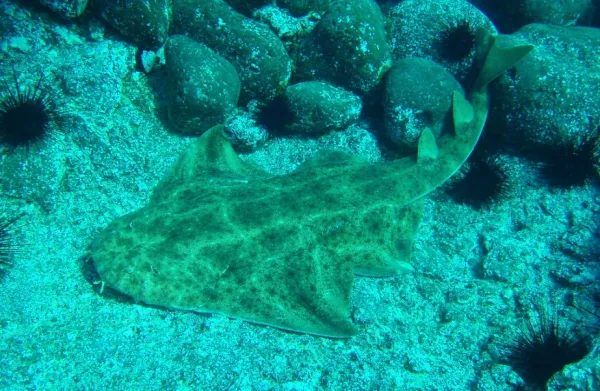
This is the largest order, featuring species with a nictitating membrane over their eyes. They often have streamlined bodies and are prevalent in tropical shallow waters.
Notable Species: Great Hammerhead (Sphyrna mokarran)
Other Examples: Sandbar Shark (Carcharhinus plumbeus), Blue Shark (Prionace glauca), Small-spotted Catshark (Scyliorhinus canicula)
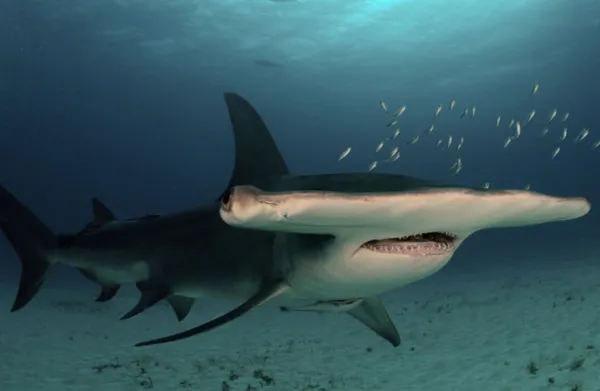
These small sharks are unique in having an anal fin and lacking dorsal spines — a combination not found in other orders. They are typically found in the Indo-Pacific region.
Notable Species: Port Jackson Shark (Heterodontus portusjacksoni)
Other Examples: Zebra Bullhead Shark (Heterodontus zebra), Galapagos Bullhead Shark (Heterodontus quoyi)

Considered the most primitive shark order, Hexanchiformes retain several ancestral features, including a single dorsal fin and six or seven gill slits.
Notable Species: Frilled Shark (Chlamydoselachus anguineus)
Other Examples: Broadnose Sevengill Shark (Notorynchus cepedianus), Sharpnose Sevengill Shark (Heptranchias perlo)
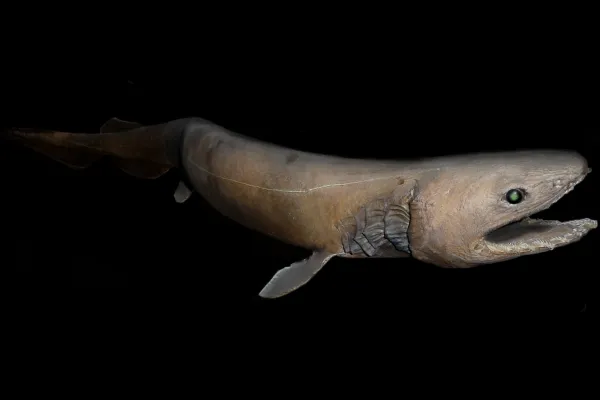
These sharks have small mouths and eyes positioned behind them. They possess five gill slits and two spineless dorsal fins.
Notable Species: Whale Shark (Rhincodon typus) — the largest living shark and fish
Other Examples: Nurse Shark (Ginglymostoma cirratum), Zebra Shark (Stegostoma fasciatum)
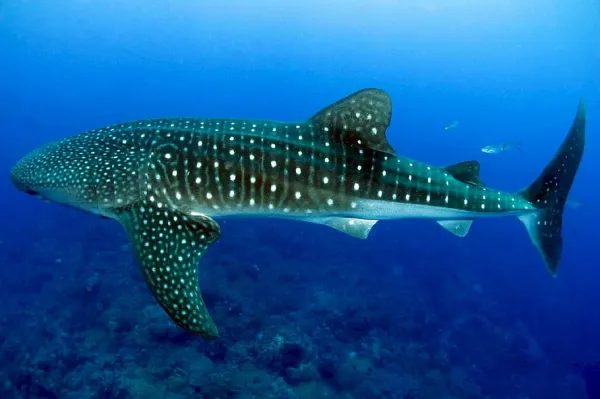
These sharks are unmistakable due to their long, saw-like snouts lined with alternating large and small teeth.
Notable Species: Longnose Sawshark (Pristiophorus cirratus)
Other Examples: Japanese Sawshark (Pristiophorus japonicus), Sixgill Sawshark (Pliotrema warreni)
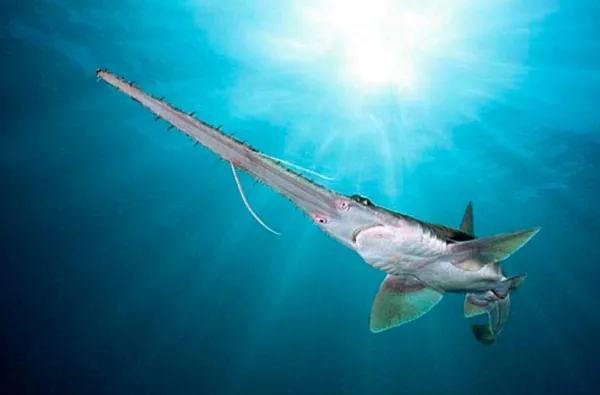
Lamniform sharks lack a nictitating membrane, have large gill openings, and a fusiform body. Their eyes are located in front of the mouth.
Notable Species: Great White Shark (Carcharodon carcharias)
Other Examples: Basking Shark (Cetorhinus maximus), Goblin Shark (Mitsukurina owstoni), Megamouth Shark (Megachasma pelagios)

The bull shark (Carcharhinus leucas) is often cited as the most dangerous to humans due to its preference for shallow, populated waters. Great whites and tiger sharks are also responsible for many attacks. Still, most shark attacks are cases of mistaken identity — sharks don’t naturally prey on humans.
An alarming 75% of shark species are currently threatened with extinction. Among the most endangered are the Oceanic Whitetip (Carcharhinus longimanus) and the Great Hammerhead (Sphyrna mokarran), both listed as Critically Endangered by the IUCN.
The Great White Shark has become an icon in film, appearing in classics like Jaws and Deep Blue Sea. The real-life "Submarine" shark — a legendary white shark — has even been featured in documentaries.
Millions of years ago, sharks ruled the oceans alongside dinosaurs. One of the most legendary ancient sharks was the Megalodon (Carcharocles megalodon), a behemoth with jaws powerful enough to crush whales. You can learn more in our article: Why Did the Megalodon Go Extinct?
If you enjoyed this article on shark types and species, check out our Wild Animals section for more deep dives into the animal kingdom.
Bibliography
Guisande, C., Pascual, P., Baro, J., Granado, C., Acuña, A., Manjarrés, A. & Pelayo, P. (2013). Sharks, rays, chimaeras, lampreys, and hagfish of the Atlantic coast of the Iberian Peninsula and the Canary Islands. Ediciones DiasdeSantos, pp. 12-30.
Del Moral, L. F. & Pérez, G. (2013). Sharks, rays, and chimaeras of Mexico. CONABIO. Biodiversitas (111), 1-16.
Editorial Team (2021). How much do you know about sharks? National Geographic Spain: Nature. Retrieved from: https://www.nationalgeographic.com.es/naturaleza/cuanto-sabes-sobre-tiburones
animal tags: Sharks
We created this article in conjunction with AI technology, then made sure it was fact-checked and edited by a Animals Top editor.